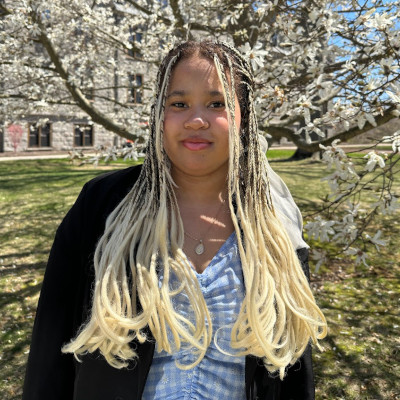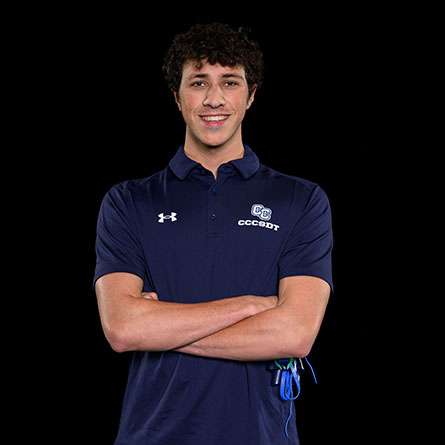

Andrei Harwell selected as Krane Art History Scholar-in-Residence

Florianny Norman Reyes ’26 selected for national human rights fellowship

August in Pictures

Justin Finkel ’25 named D3CA Region I Student-Athlete of the Year




Marketing and Communications
Mailing Address
Connecticut College
Office of Marketing and Communications
270 Mohegan Ave.
New London, CT 06320
Campus Location
Becker House
Office Hours
M-F 8:30 a.m - 5 p.m.